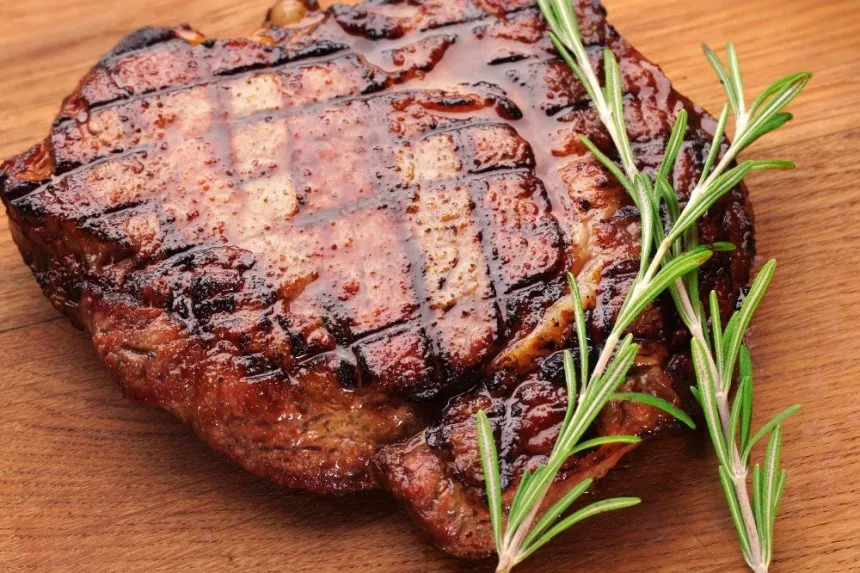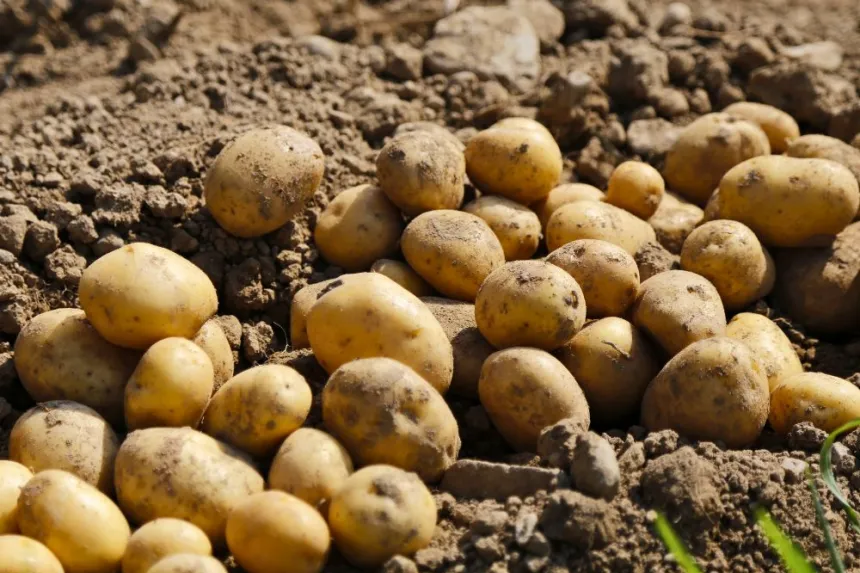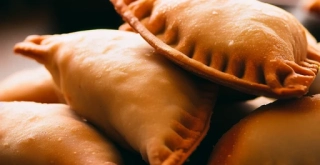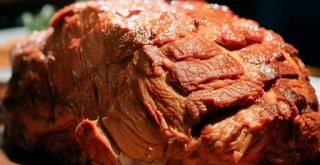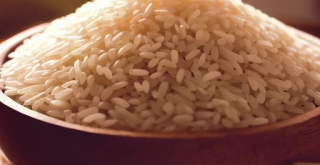10 Essential Survival Tricks to Increase Your Odds in the Wild
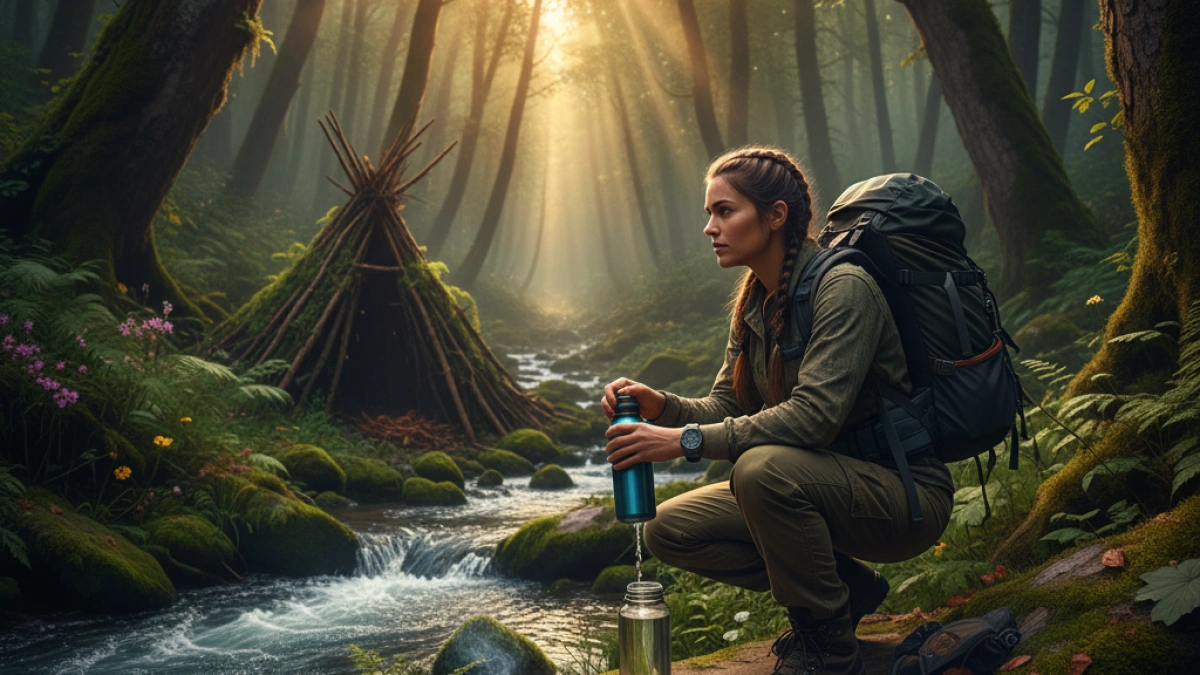
Nature is a fascinating environment, but it can be unpredictable and dangerous. Being well prepared not only increases the chances of survival, but also provides the necessary confidence to enjoy outdoor adventures, even in complex situations. Here are 10 essential survival tricks that every nature lover should know.
1. Fire: Your Best Ally Against the Cold
Cold is one of the main risks in a survival situation in the wild. Knowing how to make a fire is crucial.
- Inflammable Cotton: Preparing waxed cotton is a very useful technique. While regular cotton burns quickly, waxed cotton can last up to 12 minutes, even in wet conditions. This gives you the time needed to start your campfire and can also be used to purify water by placing a container over hot stones.
- Sharpening Your Knife to Use a Ferrocerium Rod: Lighters can fail if they get wet or break. A ferrocerium rod is a more reliable option, but you must have a proper surface to create sparks. Modify the spine of your knife to create a 90-degree edge. Use a file horizontally to create a tool capable of generating effective sparks.
- Natural Tinder: Use the sharp edge of your knife to scrape resinous wood and obtain natural tinder that will facilitate starting a fire without relying on artificial materials.
2. Dry Wood on Rainy Days
If you find wood that is absolutely soaked, don’t panic: even if the surface is wet, the inside often remains dry. Use your knife to split a piece of wood; in most cases, the interior will be dry. From there, you can create "feather sticks," which are thin shavings that will ignite easily.
3. Efficient Water Collection
Water is vital in any survival situation. Collecting it from rain in a small container can be ineffective. A more effective technique involves extending a tarp, poncho, or tarp between several trees. This surface will capture a large amount of water, channeling it into your container and quickly filling it.
4. A Warm Shelter with a Simple Candle
In extremely cold conditions, if you have a tarp, poncho, or blanket, a candle can help you avoid hypothermia. Wrap yourself tightly with the fabric, ensuring a safe space beneath you to light the candle. In just a few minutes, you’ll notice a significant increase in temperature, keeping you safer. Be careful not to burn your gear.
5. Emergency Repairs for Your Gear
A hole in your tarp or backpack can be problematic, especially in the rain. If you don’t have duct tape, you can make emergency glue.
- Cord Tar: Some cords, like paracord, release tar when burned. Burn one end of the cord over a piece of wet wood (to prevent it from sticking) and use the dripping tar to seal the hole in your gear.
6. Knots: The Key to Versatility
Rope is an essential resource, but cutting it means losing length for future use. To join two segments of rope of the same thickness, the fisherman’s knot provides a quick and effective solution. Simply make a simple knot with one end around the other rope, and then repeat with the other end. When tightened, the ropes will be securely bound, preserving the original length.
7. Hygiene: Disease Prevention
In the long term, maintaining good hygiene is crucial for avoiding diseases. You can prepare a natural detergent using ivy leaves.
- Ivy Soap: This plant contains saponins, which act similarly to soap. Crush about 30-40 ivy leaves and boil them in water for 10-15 minutes. The resulting liquid, once cooled, can be used to wash your hands and even clean clothes, as it produces foam and effectively removes stains. (It is important to handle ivy with gloves if you have sensitive skin.)
8. Comfortable Firewood Transport
Collecting firewood for camp can be exhausting if done by hand. A simple firewood carrier can make this task easier.
- Construction: You will need two sticks of similar length and diameter. Tie them with string at the top and bottom, then twist them in an "X" shape to comfortably carry a large amount of firewood.
9. Smoke Signals for Rescue
If you find yourself in a situation requiring rescue, generating a good smoke signal is crucial. To maximize the visibility of the smoke:
- Use Green Wood: Place green branches and plants over a solid base of embers. This will produce a dense column of white smoke that is highly visible.
- Black Smoke for More Visibility: If you want the signal to be even more evident, incorporate synthetic material, such as a piece of polyester clothing. This will generate black smoke, similar to burning plastic, which is easier to distinguish from a distance.
10. The Essential Tool: The Knife
Having a good knife is fundamental in any survival situation. It is a versatile tool that allows you to perform tasks from processing wood to improving other tools. A carbon steel knife, although it requires regular care to prevent rust, offers exceptional cutting performance. It is vital that you feel comfortable with its grip, as you will use it for various tasks.
Being prepared with this knowledge provides a decisive advantage in any eventuality. Go out and safely practice all these tricks and become a true adventurer.
For more survival tips and tricks, feel free to keep reading my blog.


